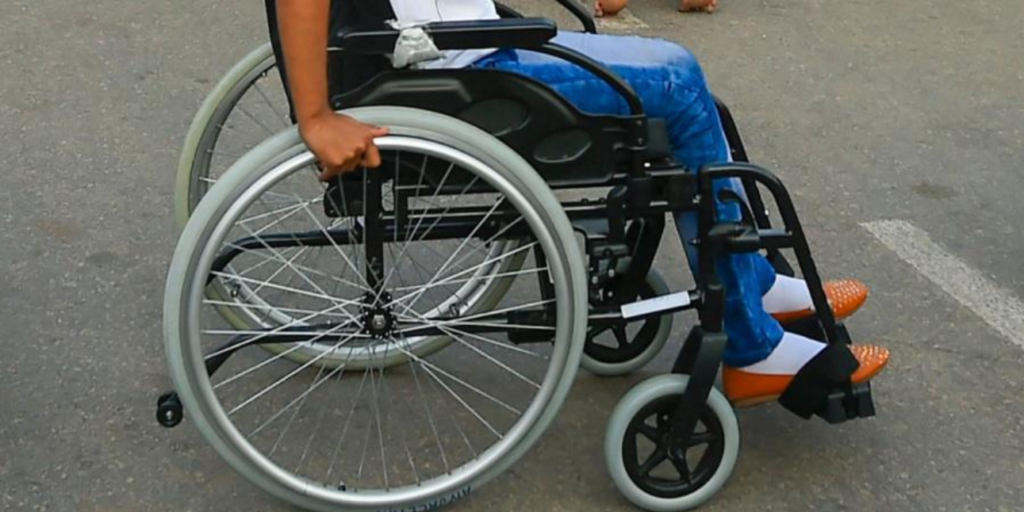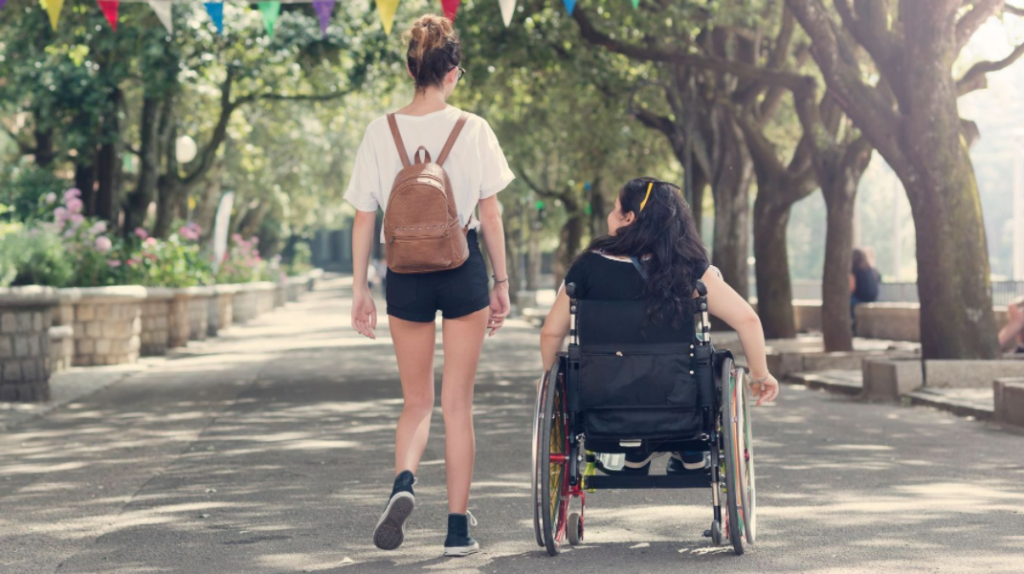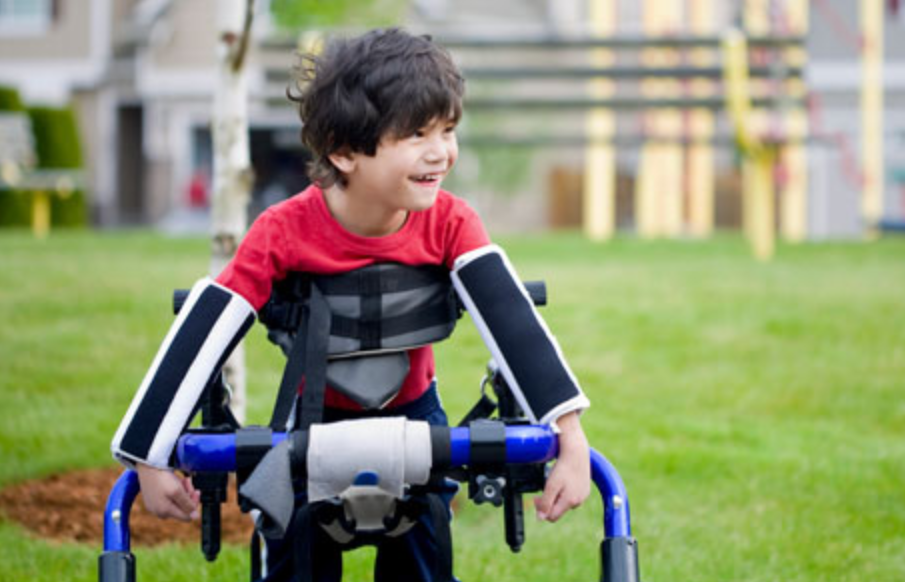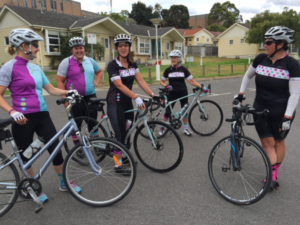Disabilities: How to deal with People?

RELATIONSHIP TIPS
Below are some guidelines that people can follow in their contact with people with disabilities. These are not rules, but clarifications resulting from the experience of different people who work in the area and pointing to the specifics of different types of disabilities.
Disabilities: How to call
- Prefer to use the term accepted worldwide today: “person with a disability (physical, hearing, visual or intellectual)”, instead of “person with a disability”, “person with special needs” or “person with special needs”;
- The terms “blind” and “deaf” may be used;
- Never use pejorative or derogatory terms such as “disabled”, “crippled”, “invalid”, “Mongolian”, “exceptional”, “retarded”, “incapable”, “defective” etc.
Disabilities: People with physical disabilities

It is important to realize that for a seated person it is uncomfortable to look up for too long. So, when talking for longer than a few minutes with a person in a wheelchair, if possible, remember to sit down so that you and she are at eye level.
A wheelchair (like canes and crutches) is part of a person’s body space, almost an extension of their body. Leaning on a wheelchair is as unpleasant as leaning on an ordinary chair where a person is sitting.
When pushing a person in a wheelchair, do so with care. Be careful not to hit those walking ahead. If you stop to chat with someone, remember to turn your chair around so that the person can also join in the conversation.
Always keep crutches or canes close to the person with a disability.
If you think she is in trouble, offer help and, if accepted, ask how to proceed. People have their own individual techniques for climbing stairs, for example, and sometimes an inadequate attempt at help can even get in the way. Other times, help is essential. Ask and you’ll know how to act and don’t be offended if help is refused.
If you witness the fall of a person with a disability, immediately offer to help. But never act without asking if and how you should help her.
Be aware of the existence of architectural barriers when choosing a house, restaurant, theater, or any other place you want to visit with a person with a physical disability.
Don’t be shy about using terms like “walking” and “running”. People with physical disabilities naturally use these same words.
Disabilities: Visually impaired people
- It’s good to know that visually impaired people don’t always need help. If you encounter someone who appears to be in trouble, identify yourself, let her know you are talking to her, and offer your assistance.
- Never help without asking how to do it. If your assistance as a guide is accepted, place the person’s hand on your bent elbow. It will follow your body movement as you walk. In a narrow hallway, where only one person can pass, put your arm behind you so that the blind person can continue to follow you.
- It is always good to warn in advance of the existence of steps, slippery floors, holes, and other obstacles along the way.
- When explaining directions, be as clear and specific as possible; preferably, indicate distances in meters (“about twenty meters ahead of us”, for example). When you go away, always let me know.
- Some people, without realizing it, speak in a louder voice when talking to blind people. Unless she also has a hearing impairment that justifies it, it doesn’t make any sense to scream. Speak in a normal voice.
- You should not play with a guide dog, as it has the responsibility to guide the owner who cannot see and should not be distracted from this function.
- People who are blind or have low vision are just like you, only they can’t see. Treat them with the same respect and consideration as others. In social or professional life, do not exclude them from normal activities. Let them decide how they can or want to participate.
- Feel free to use words like “see” and “look” as people with visual impairments use them naturally.
Disabilities: People with cerebral palsy

- Cerebral palsy is the result of brain damage, caused before, during, or after birth, causing disorder in the body’s muscle controls. A person with cerebral palsy is not a child, nor does he have a serious or contagious disease.
- Treat the person with cerebral palsy with the same consideration and respect that you use other people.
- When meeting a person with cerebral palsy, remember that they have specific needs, because of their individual differences, and may have difficulty walking, making involuntary movements with their legs and arms, and having strange expressions on their faces.
- Don’t be intimidated, treat her naturally and respect her pace, because in general, these people are slower. Be patient when listening to it, as most have difficulty speaking. There are people who confuse this difficulty and the slow pace with intellectual disability.
Disabilities: People with hearing impairment
- It is not correct to say that someone is deaf and dumb. Many deaf people do not speak because they have not learned to speak. Some do lip-reading, others don’t.
- When talking to a deaf person, wave to them or lightly touch their arm to bring their attention to you. Position yourself facing her, leaving your mouth visible so that you can read the lips. Avoid making sudden gestures or holding objects in front of your mouth. Speak clearly, enunciating the words well, but without exaggeration. Use your normal speed unless asked to speak slower.
- When talking to a deaf person, try not to be against the light, but in a bright place.
- Be expressive, as deaf people cannot hear subtle changes in tone of voice that indicate feelings of joy, sadness, sarcasm, or seriousness, and facial expressions, gestures, and the movement of your body are excellent indications of what you want to say.
- While talking, always maintain eye contact. If you look away, the deaf person may think the conversation is over.
- The deaf person does not always have good diction. If you have difficulty understanding what she is saying, don’t be shy about asking her to repeat it. Generally, they don’t bother repeating it as many times as it takes to get them understood. If necessary, communicate through tickets. The important thing is to communicate.
- Even if a deaf person is accompanied by an interpreter, go to him, not the interpreter.
- Some deaf people prefer written communication, others use sign language, and still, others prefer their own codes. These methods can be slow, require patience and concentration. You can try to communicate using questions whose answers are yes or no. If possible, help the deaf person to find the right word so that he doesn’t need to go out of his way to get your message across. Don’t be anxious as this can disrupt your conversation.
Disabilities: People with intellectual disabilities

- You should act naturally when addressing a person with intellectual disabilities.
- Treat her with respect and consideration. If it’s a child, treat it like a child. If it’s a teenager, treat it like a teenager, and if it’s an adult, treat it like it.
- Don’t ignore her. Greet and say goodbye to her normally, as you would anyone else.
- Pay attention to it, talk, and see how much fun it can be. Be natural, say friendly words.
- Do not overprotect the person with an intellectual disability. Let her do or try to do whatever she can. Help only when it’s really needed.
- Don’t underestimate your intelligence. People with intellectual disabilities take longer to learn, but they can acquire many intellectual and social skills.
Another article on this blog that may interests you:
Disability Services: Tips for caring people with disabilities







